Understanding Blind Inspection Hoists
Within the realm of window treatment manufacturing, blind inspection hoists play a pivotal role. These specialized devices are integral to the quality control process, ensuring that blinds meet the necessary standards before reaching the market. The category encompasses a range of equipment designed to handle various types of window coverings, from roller blinds to zebra blinds and roman shades.
Types and Applications
The versatility of blind inspection hoists is evident in their ability to accommodate different blind styles. Each type is tailored to support and inspect a specific style of blind, whether it's for residential or commercial use. The application of these hoists extends beyond mere inspection, as they are also utilized in the finishing stages of production, where precision and care are paramount.
Features and Materials
Key features of a blind inspection hoist include its structural integrity and adaptability. Constructed from durable materials, these hoists are designed to withstand the rigors of continuous operation. The materials range from industrial-grade metals to composites that ensure longevity and consistent performance. Attention to detail in the design of these hoists allows for smooth operation and minimal maintenance.
Advantages of Using a Blind Inspection Hoist
The use of a blind inspection hoist in the production process offers numerous advantages. It enhances efficiency by streamlining the inspection phase, reduces the likelihood of human error, and ensures a higher standard of product quality. Moreover, the ergonomic design of these hoists can contribute to a safer working environment by minimizing the need for manual handling of the blinds during inspection.
Selection Considerations
When selecting a blind inspection hoist, it is crucial to consider the specific requirements of the blinds being produced. Factors such as size, weight capacity, and compatibility with different blind types are essential to ensure that the hoist can adequately support and convey the blinds through the inspection process.
Integration with Other Home Textile Product Machines
While blind inspection hoists are a standalone solution, their integration with other home textile product machines can lead to a cohesive and efficient production line. This synergy is vital for manufacturers looking to optimize their operations and maintain a competitive edge in the market.

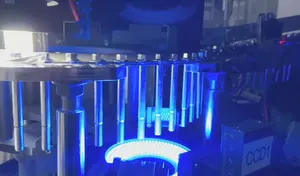



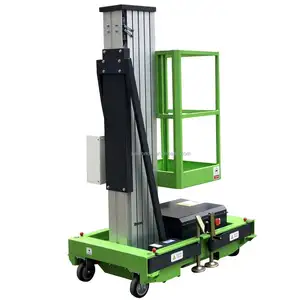

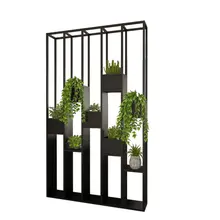





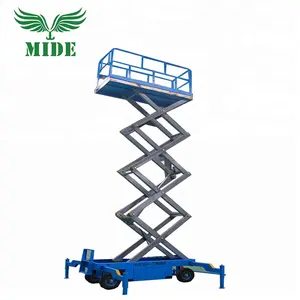



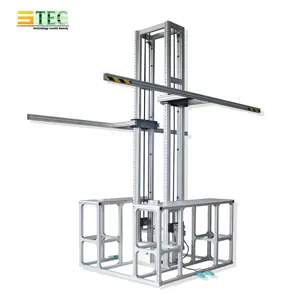
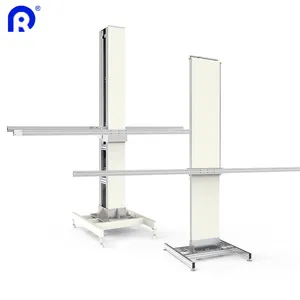





















 浙公网安备 33010002000092号
浙公网安备 33010002000092号 浙B2-20120091-4
浙B2-20120091-4